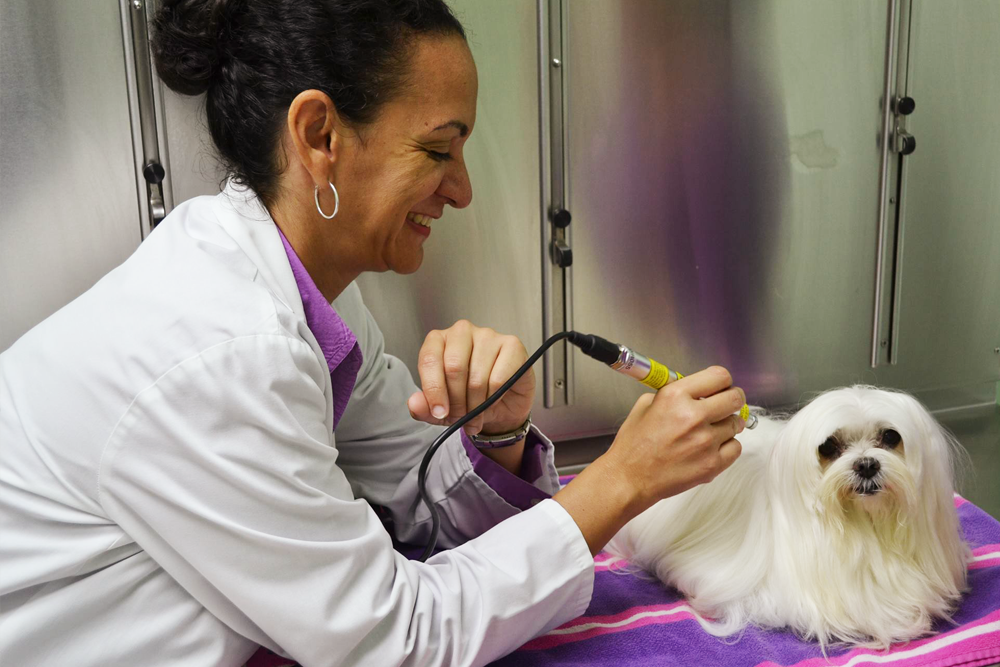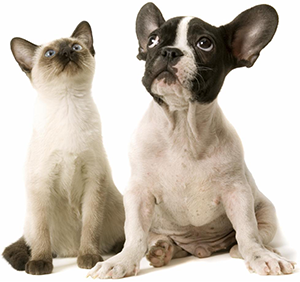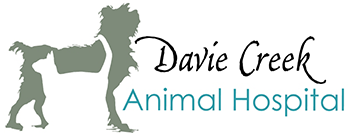
Traditional Services
- Wellness exams including testing for heartworm and intestinal parasites
- Annual vaccines and in house bloodwork
- Dental scaling, polishing and fluoride treatment including extractions if necessary
- Surgeries including spay, neuter, specialized, and emergency surgeries if necessary
- Digital x-rays and Ultrasounds
- Treatment for common ailments and injuries
- Boarding availability
- Flea baths and dips
What is Integrative Medicine?
The basic philosophy of a physician is to heal, or restore a good quality of life to a patient. Integrative Medicine combines both eastern (TCVM) and western methodologies of approach to medicine. It takes the knowledge, benefits and strength of both to restore good health in our patients.
Dr. Higgins’ holistic practice is limited to TCVM (Traditional Chinese Veterinary Medicine), i.e. Veterinary Acupuncture, Traditional Chinese Herbology, Tui-Na (Spinal Manipulation) and Chinese Food Therapy.
Traditional Chinese Veterinary Medicine

TCVM looks at the whole animal- a physical examination, the lifestyle, nutrition as well as herbs and western medicinal products. An integrative practitioner such as Dr. Higgins will examine your pet from a holistic point of view.
Traditional Chinese Veterinary Medicine (TCVM) relies heavily on harmony and balance. Yin and Yang are opposite metaphysical descriptions of matter and energy, the flow of Qi. Everything that exists is a combination of the two forces existing together. If there is a disharmony between the two, or a stagnation of Qi, then a pathological condition will result. Acupuncture, herbs and Tui-na are thought to stimulate and unblock the stagnation, releasing the flow of Qi and restoring the body to its’ native, balanced state.
Unlike western medicine where we treat specific conditions acutely, TCVM treats patterns and tries to always practice preventive medicine.
TCVM mostly distinguishes patterns of diseases broadly by defining them to be hot, cold, excess or deficient. So when a disease pattern is indicative of it being an excess heat condition for example, then the treatment goal is to relieve the heat and cool down the body by using cooling techniques and cooling herbs.

What is Acupuncture?
Acupuncture can be defined as the stimulation of a specific point on the body (acupoint), using a specific method (dry needles, electro-acupuncture, aqua, or laser therapy) resulting in a therapeutic effect. Qi (“chee”) or life energy flows from acupoint to acupoint along 14 meridian or channels 24 hours a day located along the body. If is obstructed or stagnated by a pathologic factor of some sort, i.e. bacterial or viral infection, the disease may result. Acupuncture is thought to relieve such obstructions and allow the body to return to its natural state.
Modern scientific research shows anatomically that a vast majority of the acupoints are located in areas where there are free nerve endings, arterioles, lymphatic vessels as well as mast cells. Stimulation of some points will release endorphins and endogenous opiods, thus acupuncture for pain relief and immune regulation are widely accepted and understood.

